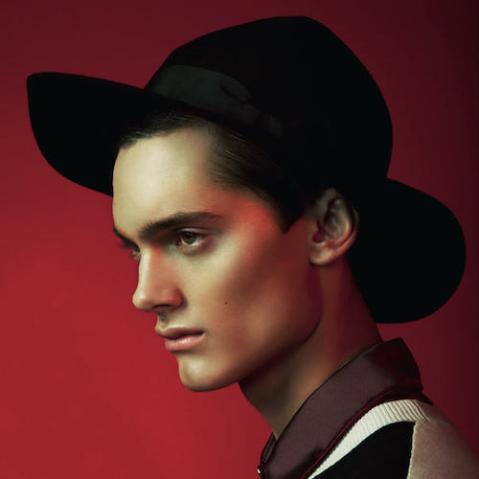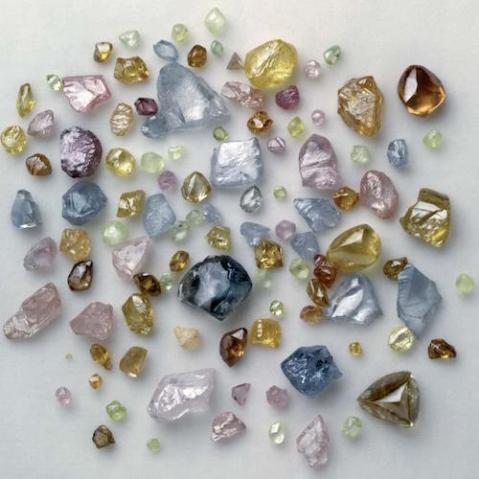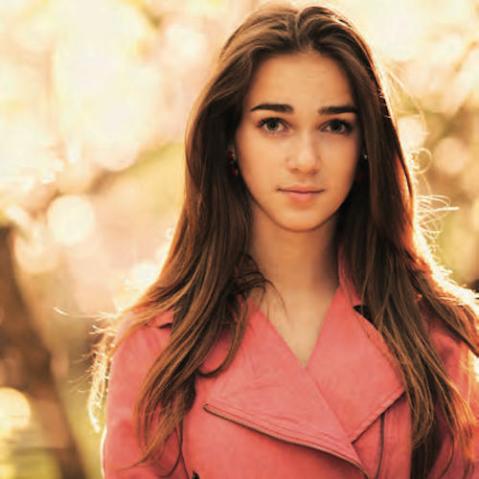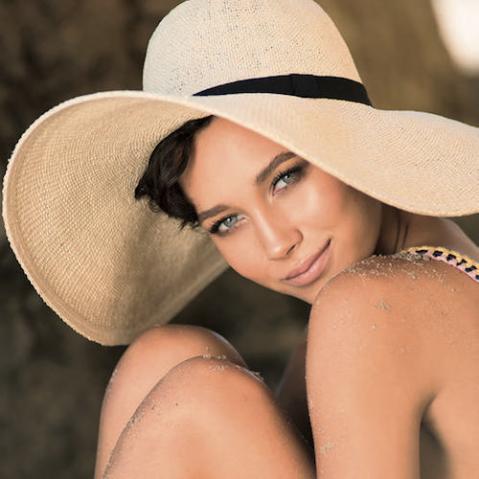Using artifical light in landscape photography
Landscape photography may be all about the light, but it can also be about the lighting. For anyone who is a natural light purist, and wouldn’t consider using a flash or other light source to take a photograph of the natural world, do think again. You might begin to change your opinion when you realise some of the creative options that it can open up, and the fun you can enjoy.

There are times when a carefully orchestrated flash can dramatically enhance a landscape photograph and, if you enjoy experimenting, playing around with artificial light at night can help you create some unique imagery.

Starting with simple flash
At its most basic, a flash can be used to enhance a foreground subject, fill in shadow detail, or balance the ambient light for a more pleasing photo in backlit and side-lit situations. Modern flash technology uses the camera’s through-the-lens metering systems for trouble-free exposures, and most cameras feature flash exposure compensation and flash bracketing for even greater control.
Avoiding vignetting
A flash unit or a built-in flash can be used for most landscape photography situations. While a built-in flash might not have the power of a separate flash unit (or the swiveling and tilting head, or variable focal length adjustments), it should still be sufficient in providing a controlled amount of fill light as most fill flash situations are closer to the camera. However, when working with a built-in flash and wide-angle lenses, be sure to remove the lens hood so it won’t vignette the flash and create a shadow on the image. Larger diameter wide-angle lenses could vignette the flash as well, so it’s good to make a test shot and check it over thoroughly to see if there are any issues. Don’t forget to take a set of shots without the flash as well, so you have the additional image choice.

Experiment!
The key to using your flash is not to be afraid of it—just experiment! Many fill flash situations work best with the flash set to a half to one full stop less than the ambient exposure, so set the flash exposure compensation to -0.5EV or -1EV (underexposure). If the subject is farther away and it’s not getting enough light from the flash, try setting it to overexposure. If you have an off-camera cord for your flash, or it works wirelessly, it can be used to add light from different angles including underneath, the side, or reflected from an umbrella. Try using a portable softbox to diffuse the light of the flash (they are made for built-in flashes and hotshoe-mounted flash units), and use exposure bracketing as well as flash bracketing, or adding a filter for the sky and/or coloured gels for the flash.
Acclaimed photographer Carl E. Heilman II has been photographing the landscape for more than thirty years. In this comprehensive guide, he shares the latest techniques for capturing professional-quality digital images in the field. Bursting with hundreds of inspiring images and a genuine passion for the natural world, Advanced Digital Landscape Photography is the definitive guide for today’s outdoor photographer.
[one_whole boxed=”true”]
 Advanced Digital Landscape Photography, by Carl Heilman II
Advanced Digital Landscape Photography, by Carl Heilman II
£7.99 Download the PDF now!
This PDF version retains the styling of the original print book.
RRP for print edition: £15.99
[button color=”Accent-Color” size=”small” url=”https://www.ilexinstant.com/product/advanced-digital-landscape-photography/” text=”Digital Edition”] [button color=”Accent-Color” size=”small” url=”http://www.amazon.co.uk/dp/1905814860/ref=as_sl_pc_tf_lc?tag=ilexpresscom-21&camp=1406&creative=6394&linkCode=as1&creativeASIN=1905814860&adid=06C2MAM40BVYC0T2FVPV&&ref-refURL=http%3A%2F%2Fwww.ilexinstant.com%2Fproduct%2Fadvanced-digital-landscape-photography%2F” text=”Amazon UK (Print)”]
[button color=”Accent-Color” size=”small” url=”http://www.amazon.com/Advanced-Digital-Landscape-Photography-Heilman/dp/1905814860/ref=as_sl_pc_qf_sp_asin_til?tag=ilexinst-20&linkCode=w00&linkId=&creativeASIN=1905814860″ text=”Amazon USA (Print)”]
[/one_whole]







